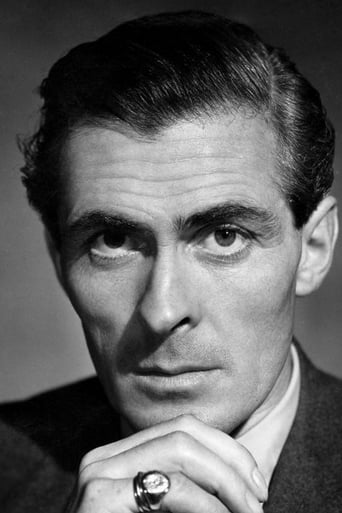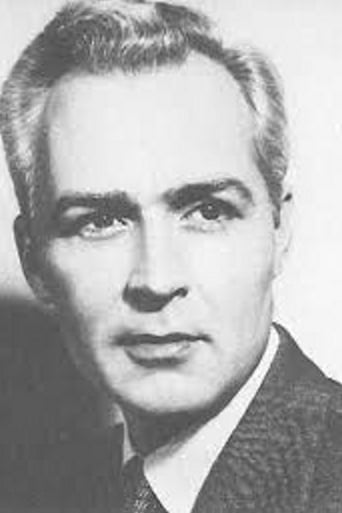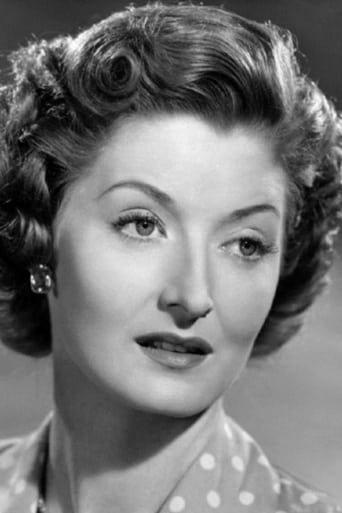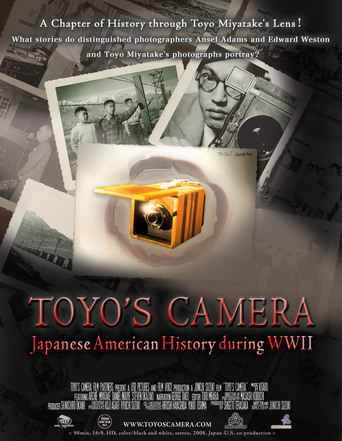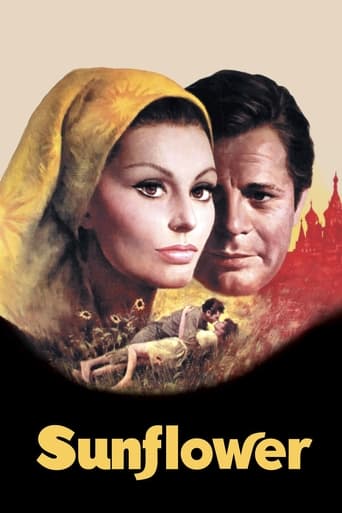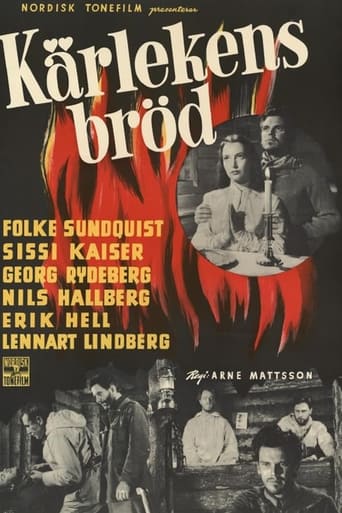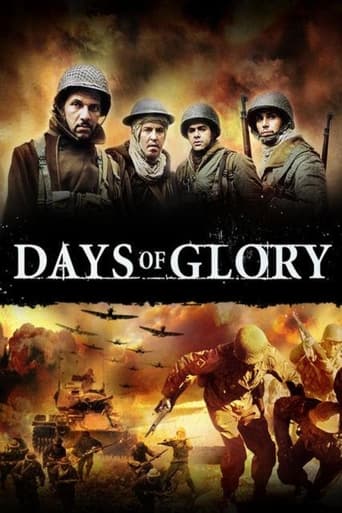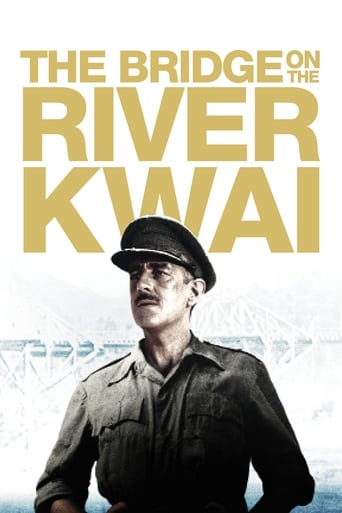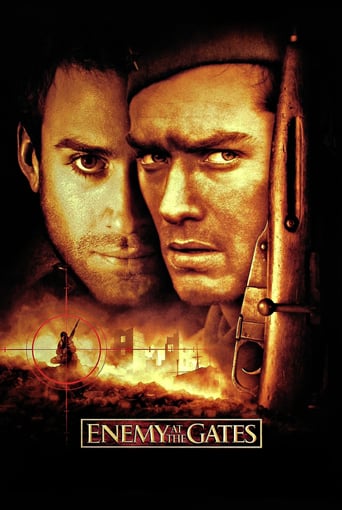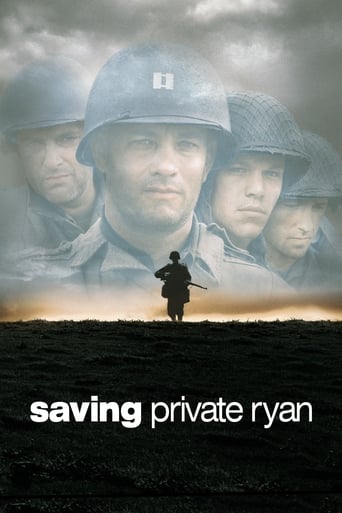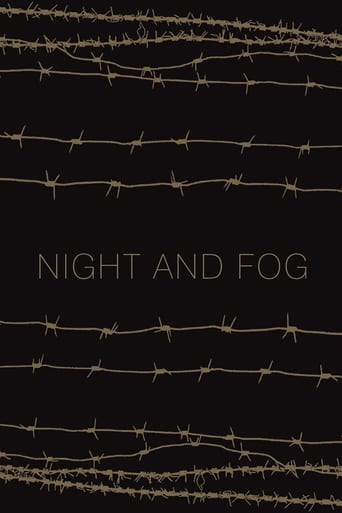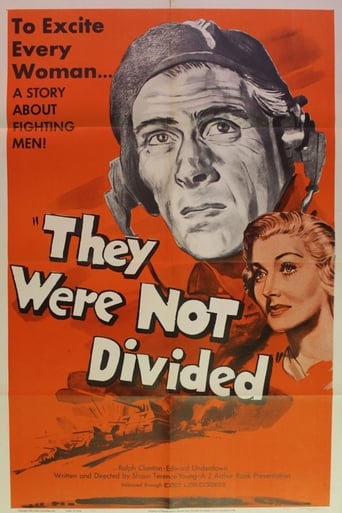
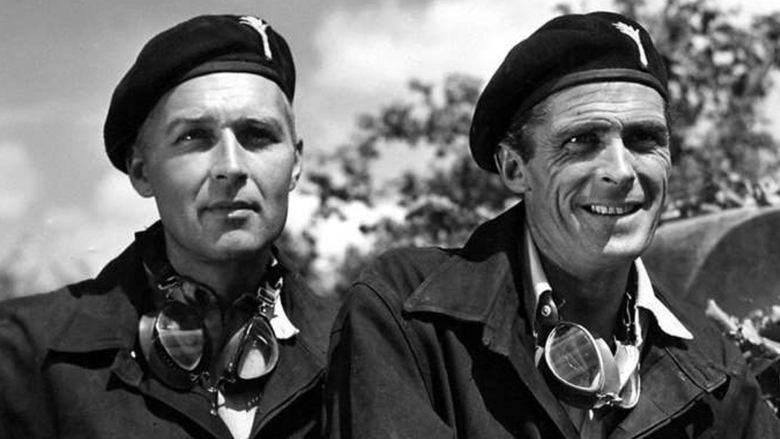
They Were Not Divided (1950)
The film begins in a WW II training depot of a British Guards armoured regiment where recruits from many walks of life learn to survive the strict discipline and training together before going into battle in tanks. There is a cameo appearance by the real Sgt. Major Brittain who was famous in the British guards regiments.
Watch Trailer
Cast
Similar titles
Reviews
Better Late Then Never
Simple and well acted, it has tension enough to knot the stomach.
This is one of the best movies I’ve seen in a very long time. You have to go and see this on the big screen.
The film never slows down or bores, plunging from one harrowing sequence to the next.
This early Terence Young film is a unique masterpiece of its kind. It tells a true story of two soldiers getting trained and fighting together from after Dunkirk up to the battle of the Ardennes, that is four years, giving a very natural and meticulous account of their lives and comrades, their jokes, their life in the barracks, their girls and wifes and sweethearts, their dreams and their every day existence at war, at the front, at the pub, at some parties - a film couldn't almost be more humanly documentary. In addition, the direction is superb all the way, perfectly natural, the pace is constantly efficient and sustained the whole way, it doesn't really tell a story, it just follows the soldiers around everywhere, the dialogue is intensive the whole way, and it is not until the last scenes when it all comes together and proves an overwhelming masterpiece. This is a film to watch again.
Two men join the Welsh Guards early in the war, one a married Englishman (Underdown), the other an American (Clanton). The Guards are a varied lot -- Irish, Welsh, and other "colonials" as well as the British. It leads to a quietly amusing scene. The drill instructor demands that all the English in the ranks take two steps forward and all the colonials take two steps backward. The American is left standing alone between the two. When he explains, the drill sergeant says the Army is divided into two parts, English and non-English, so Clanton steps back and joins the Canadians and the rest. That's about as funny as it gets.The first half of the film belongs to the "training camp" genre. "Button up that top button!" "SAH!" Underdown gets to spend time with his wife and both of them become close friends of Clanton, who falls in love with a British beauty he finds swimming in "the Witch's Pool." There's nothing much we haven't seen before.The second half has the two men in tanks, landing at Normandy and rushing through what appears to be every battle of any significance in the European theater. There are a few combat scenes. One is unique. A British tank is hit (whether by mine or German shell we never know), skids off the road, and rolls onto its side.But the combat is hurried and conveyed by montage -- tanks wheels spin, airplanes roar overhead, parachutists drop from the sky, explosions take place, men stop for tea and make easy jokes about one another. It seems to have been put together for people who have already been there or who remember the meaning of place names like Arnhem, Caen, the Ardennes, and Nijmegen. If you don't know, it's going to seem as if the Welsh Guards land their tanks and race through Europe, losing an occasional vehicle.If you keep your eyes and ears open, you may learn why Montgomery was so slow taking Caen, while Patton zoomed South and around into mid-France. At the end, Clanton lies wounded, tended by Underdown, and both friends are destroyed by a German 88. The Irishman who buries them plants an American flag one on grave and an English flag on the other, but he can't remember which grave is which, so he leaves them at random. The wind whips the two tiny flags until they dip towards one another and finally touch. It's an excessively pathetic ending but I found it moving nevertheless.There's nothing particularly innovative about the movie. It's mostly stuff we've seen before. And it seems more dated than most British war movies of the period, which tended to be quite good. The message is in boldface: "We Must All Pull Together," English and Americans, Irish, Welsh, and so forth. But by 1950 the war had been over for several years, so what was the point? An apologia for the American servicemen who were "overpaid, oversexed, and over here"? But they were mostly gone when this movie was made. That's what I mean by the word "dated." I found the courtship of the American and his British swimming mate kind of interesting. During the war, American men are supposed to have thought that British girls were "fast"; ie., easy. At the same time, British girls considered American men "fast"; ie., too eager to become engaged and married. Margaret Mead, the anthropologist who was there at the time, concluded that the misunderstanding was due to differences in courtship patterns. For Americans, kissing came early in the process. For Brits, it was a much later step, signaling serious commitment, just prior to marriage. Thus, culture clash according to the Venerable Mead.As I say, I found the last scene to be poignant, though I knew I was being recklessly manipulated. Well, after all, we've just spent 92 minutes with two polite fellows who have never harbored a harsh thought towards each other or anyone else.
This was Terence Young's fourth outing behind the camera and perhaps wisely he opted to play it safe opting for a subject - the second world war - that was still providing material some five years after it ended and illustrating it via the usual tried-and-true clichés. After a somewhat stodgy, pedestrian opening Young allows his two protagonists, Edward Underdown and Ralph Campan, to steadily forge the friendship that is the core of the film. In true cliché style they met on their first day of basic training, graduated as officers together and served in the same regiment. We follow them in their day jobs through France post D-Day and in their other lives - Underdown happily married to Helen Cherry and Campan, a late developer, finding a wife of his own about the eighth reel. There was really only one way to end it and Young obliges by killing them both off in the last reel and having them buried in twin graves by a third man, a sergeant, who had also met them on the first day of basic training. Made in 1950 it's a tad hard to swallow in 2010.
This is an early work of Terence Young, the director, but a well-made, engrossing and ultimately very moving British war drama of World War II. Interestingly a very young Desmond Llewelyn has a cameo role as a Welsh tank commander, and when it came time for Young to find a new Q for the second James Bond movie, the original no longer being available, he remembered Llewelyn and cast him in what is now the longest running continuous role in the James Bond saga.
